The mysteries and intricacies of space is a constant pull for many people all over the world. The appeal of uncharted territory and boundless limitations that are known as space sparks curiosity from people of all ages. Their eyes seem to grow round with wonder at the thought of it. Those same expressions were seen at a recent screening of a documentary called “Black in Space: Breaking the Color Barrier” last Friday at the Smithsonian’s National Museum of African American History and Culture.
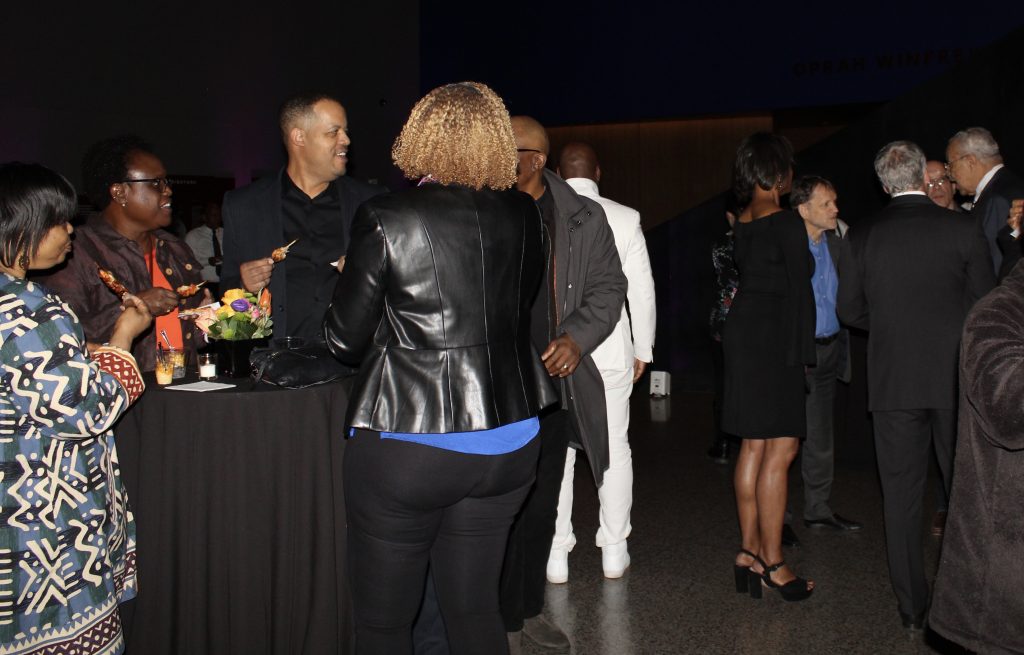
Guests enjoy refreshments and appetizers before the screening. 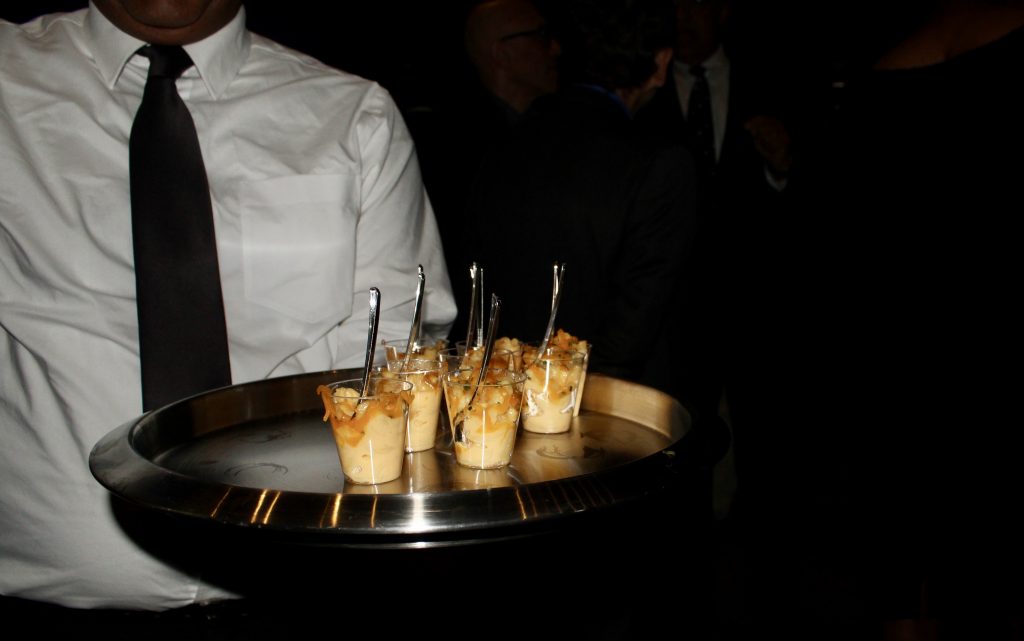
A waiter serves appetizers to the guests.
The atmosphere was lively on the museum’s lower level as a musician played and appetizers were served on silver tray platters. Guests chatted and took pictures in front of the step-and-repeat sign with the title of the documentary. The anticipation for the film was palpable as several guests tried to sneak into the theater and get an early seat for the screening. Finally, the doors to the Oprah Winfrey Theater opened.
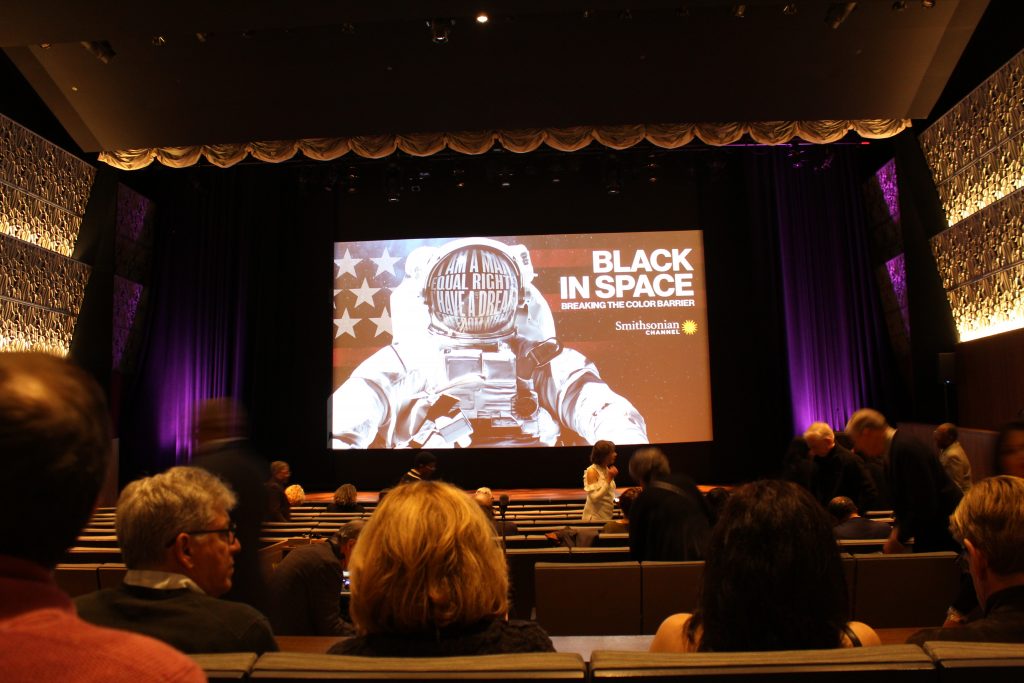
Kimberly Bassett, secretary of the District of Columbia, started off the opening by talking about black ancestors fighting the good fight. David Royle, executive vice president and chief programming officer at Smithsonian Networks, discussed the electricity in the room and the ability of documentaries to take a story people think they know and to shed a true light on it.
“Our ancestors made space out of no space … the space to walk on the moon … the space to vote … the space to be here in this room.”
— Secretary of the District of Columbia Kimberly Bassett
The Smithsonian Channel is also showing the film, which shows the history of the first African Americans in space, events that took place during the Cold War and U.S. space exploration. It also delves into the past lives of the African American space pioneers with a relatability that touched many of the audience members.
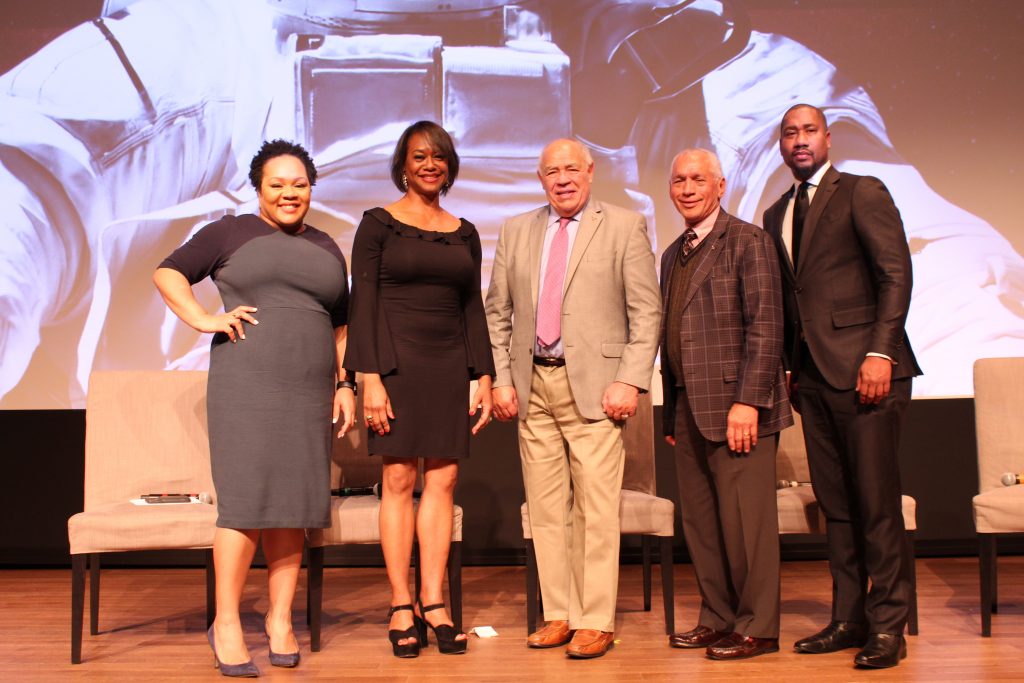
From left, Yamiche Alcindor, Laurens Grant, Col. Frederick D. Gregory, Maj. Gen. Charles F. Bolden Jr. and Damion Thomas, Ph.D.
During a panel discussion after the screening, retired Marine Corps Maj. Gen. Charles F. Bolden Jr., the 12th NASA administrator, responded to a question about the Challenger’s failed flight into space, saying that it was tough. Seven people died in the explosion of space shuttle Challenger after its launch from Cape Canaveral, Florida, in 1986, including Ronald McNair, a physicist and one of the first African American astronauts.
Bolden said if it hadn’t been for his friend McNair, he would not have been exposed to the amazing opportunity of going into space. He applies that lesson into his life by making sure his granddaughters and other black children understand that “If they want something, they’ve got to ask for it. … We have to push them to go for their dreams.”
“I would tell everyone that we need to get every black child to watch this. We really need to get more black children into the space programs.”
— Former NASA administrator and retired U.S. Marine Corps Maj. Gen. Charles F. Bolden Jr.
Other panelists included Yamiche Alcindor, White House correspondent for PBS NewsHour; Laurens Grant, director and producer of “Blacks in Space”; Damion Thomas, a Smithsonian curator; and retired Air Force Col. Frederick D. Gregory, a former astronaut and NASA deputy administrator.
“It was definitely very purposeful but also meaningful to me to release this during Black History Month. You know we are also in the era, the time of the 50th anniversary of the moon landing, which is really important to the American triumph. And you know what, so is the story of our African American Astronauts. They are a part of our moment; they are a part of our triumph.”
— Director and Producer Laurens Grant
“What really spoke to me was what we need to be doing for our kids now to lift them up and have them have bigger dreams,” said Tabitha Williams, senior manager of Events & Multicultural Marketing at Comcast ,

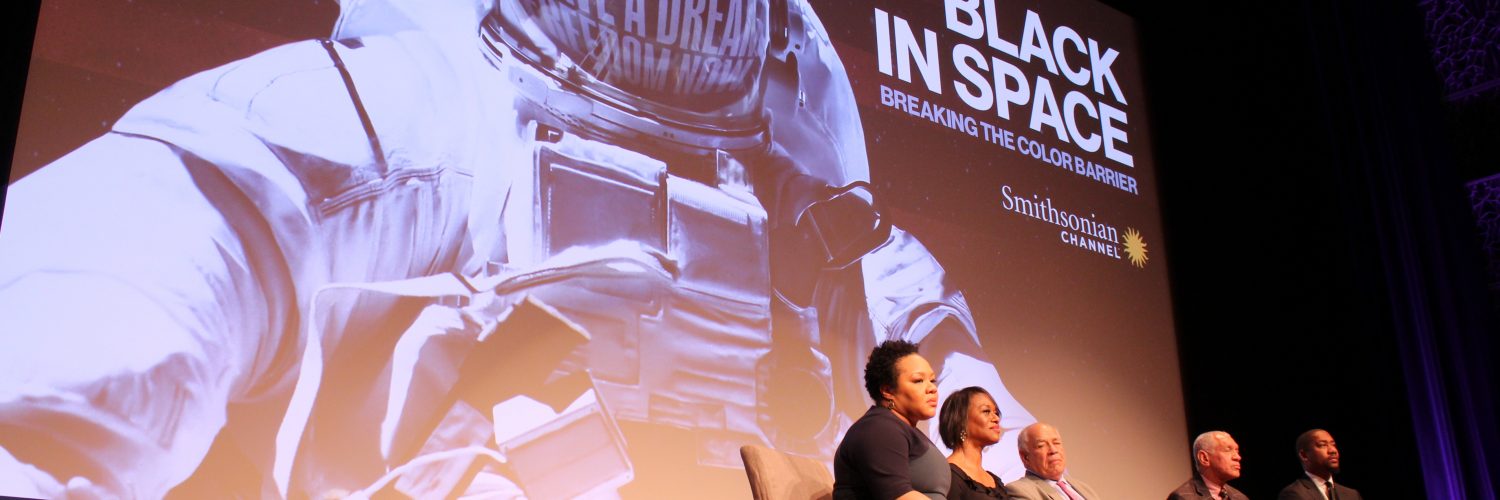




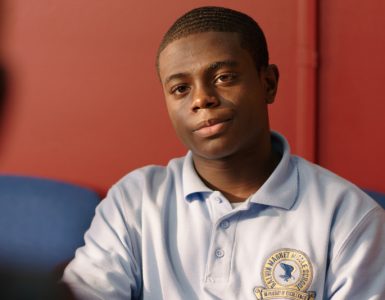


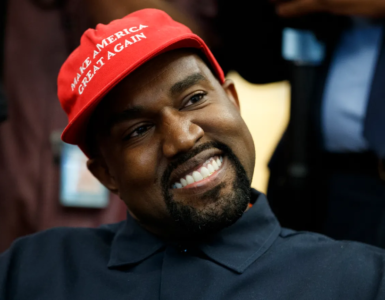
Recent Comments